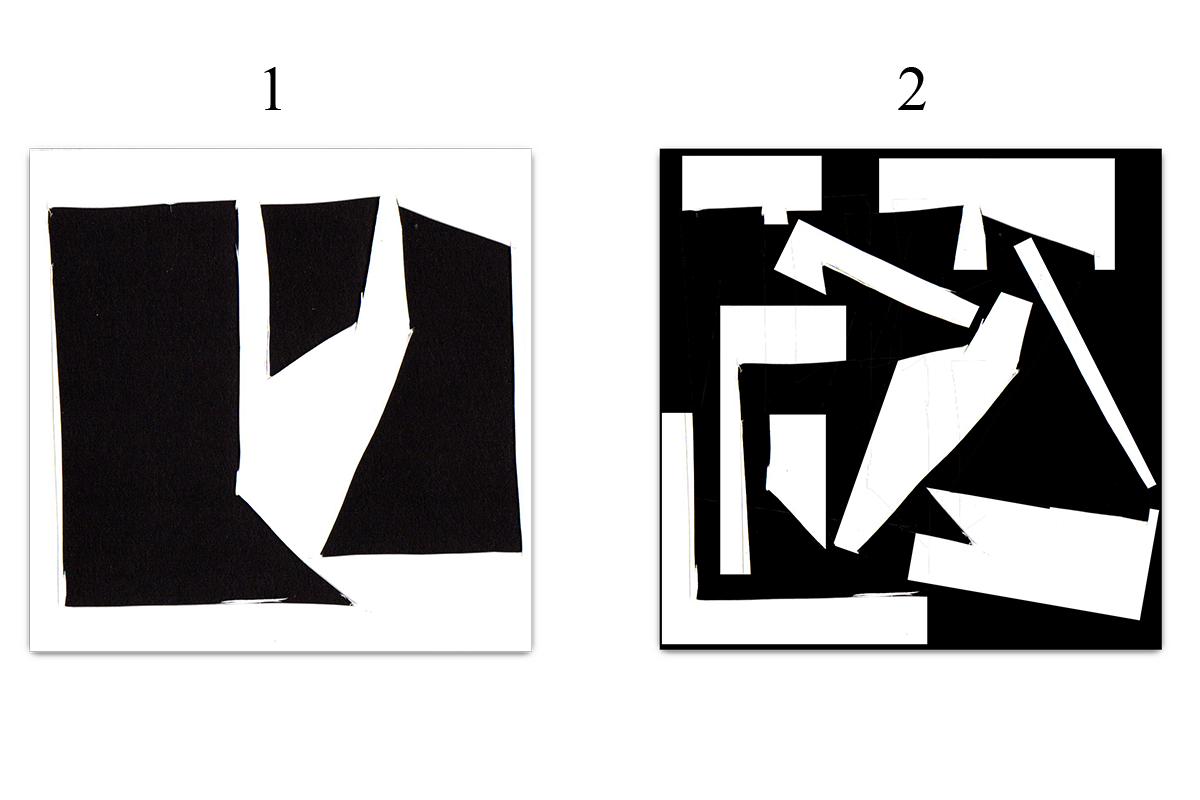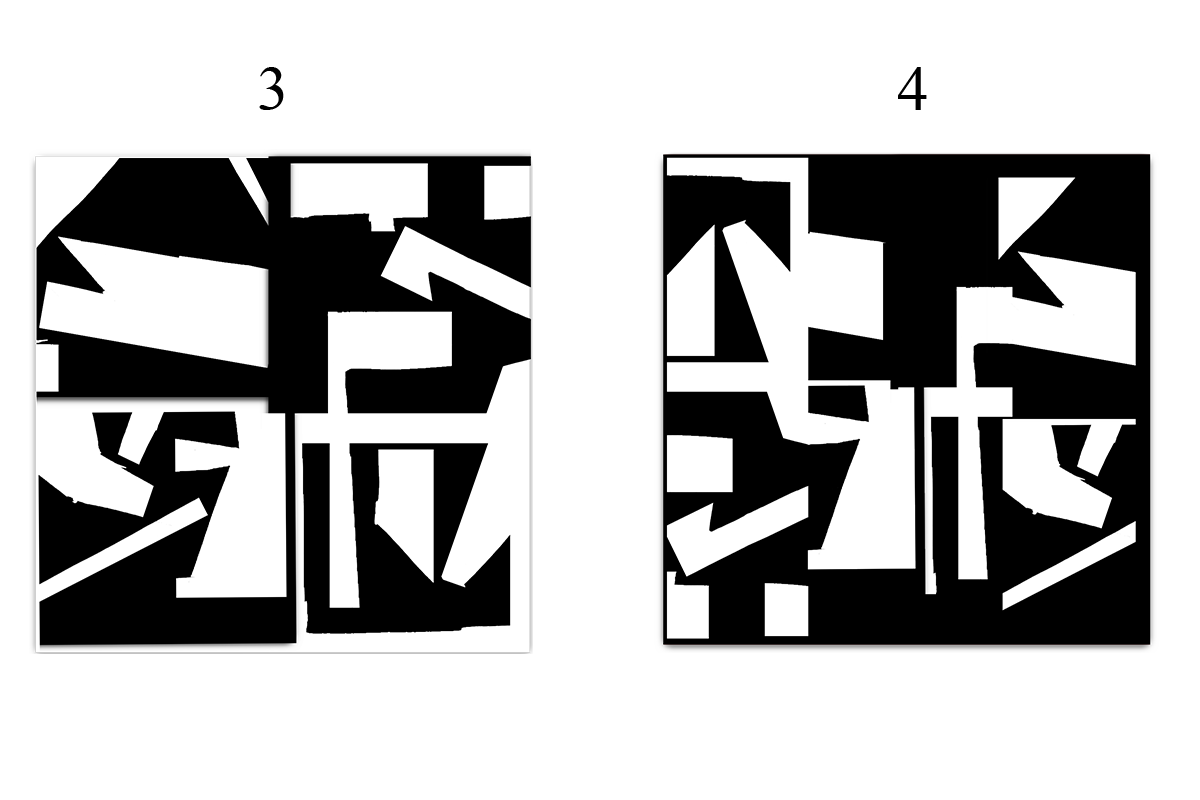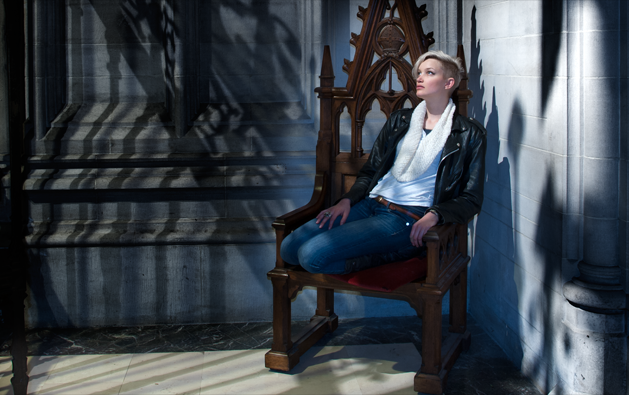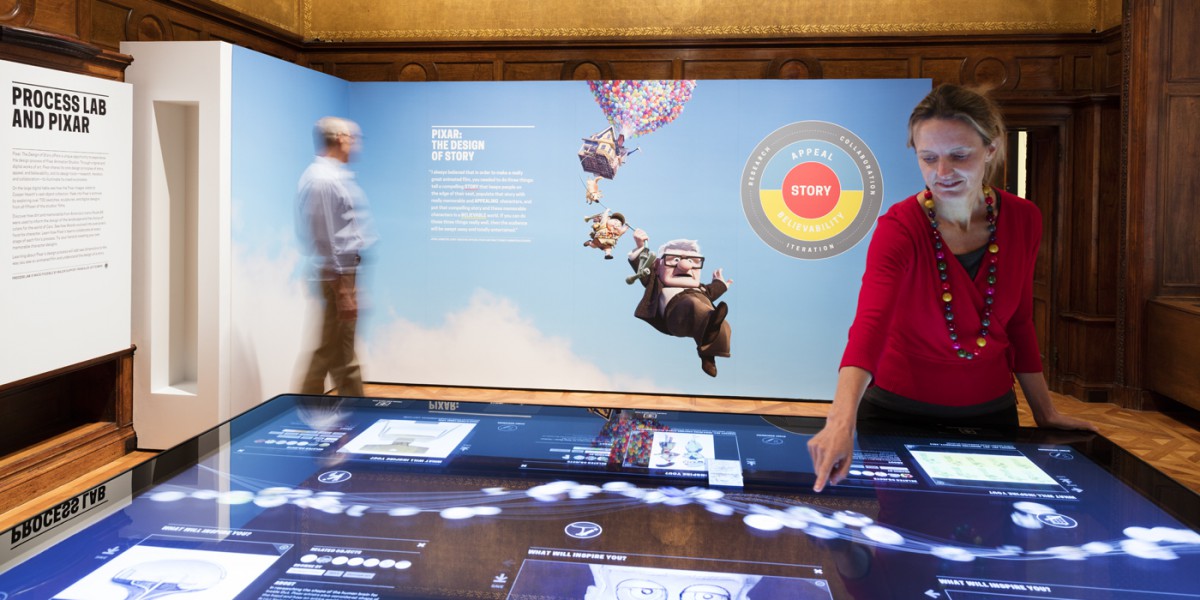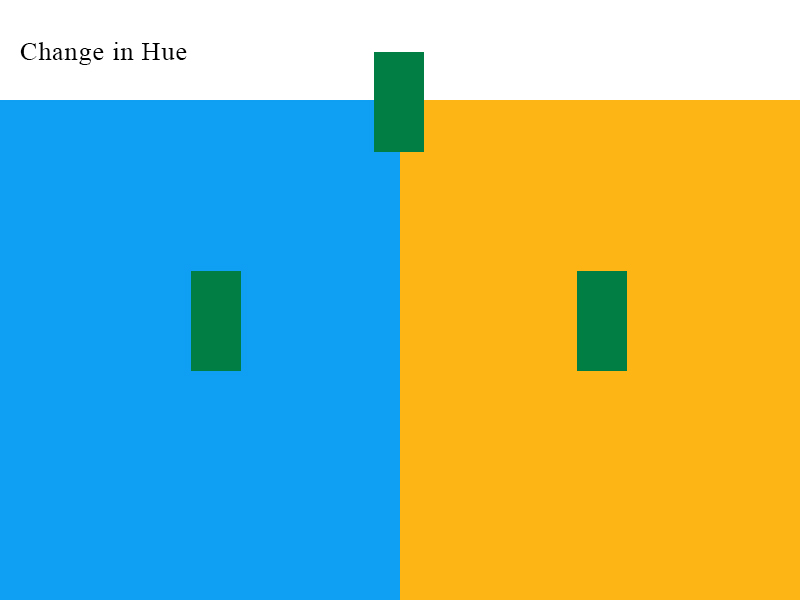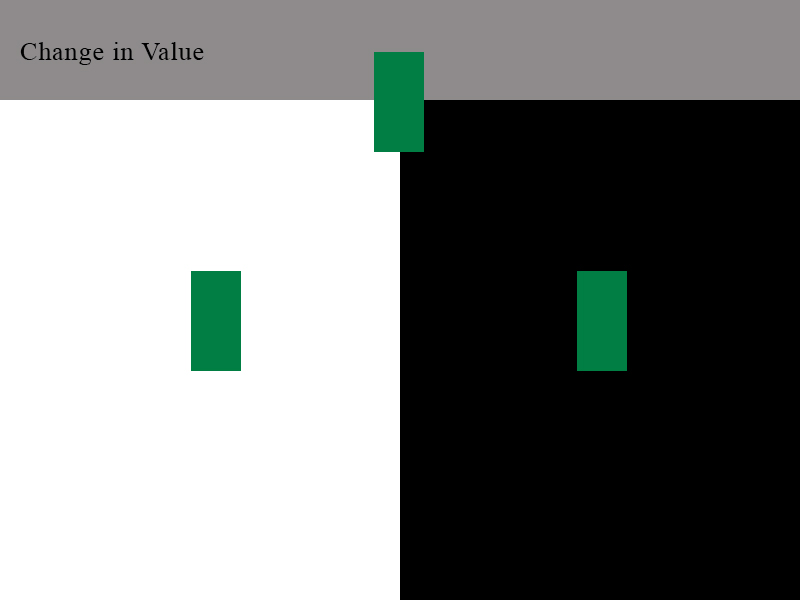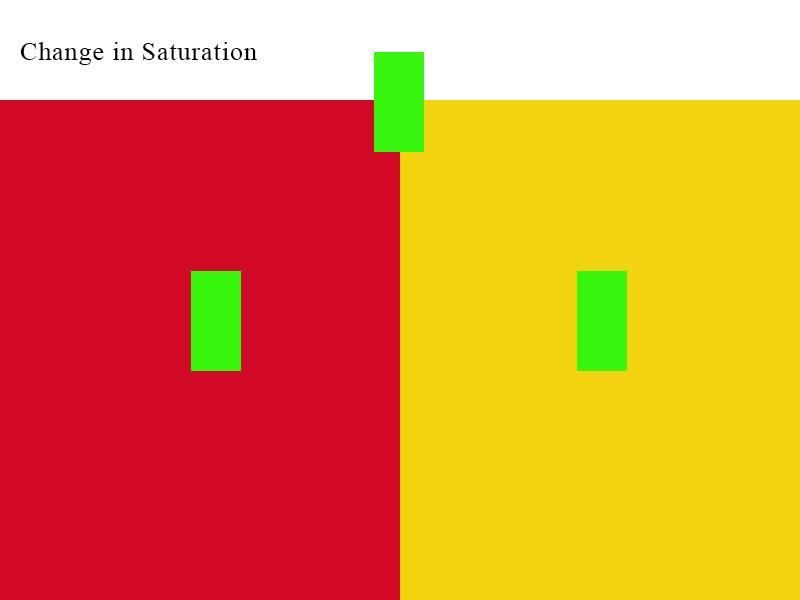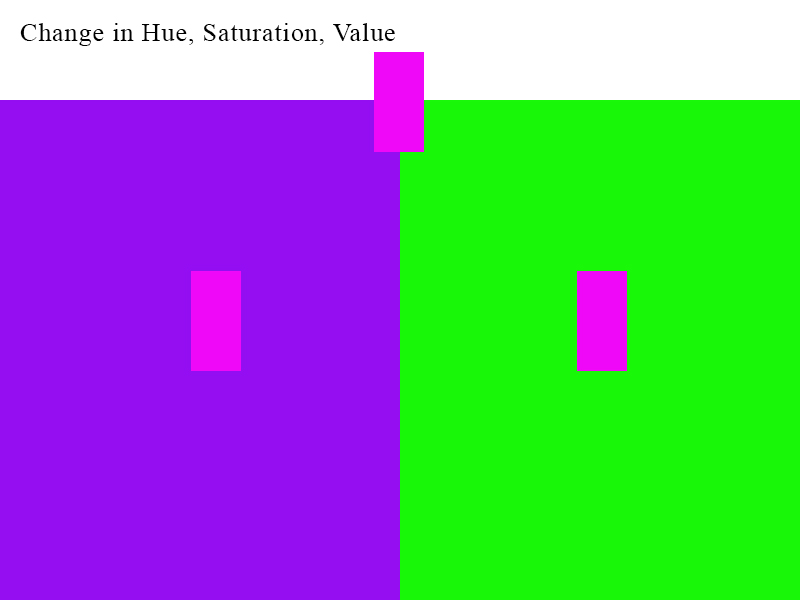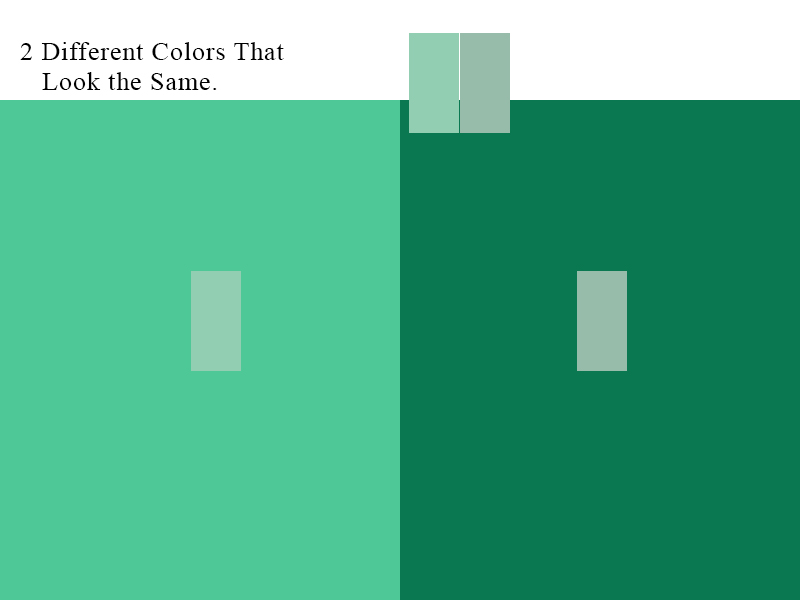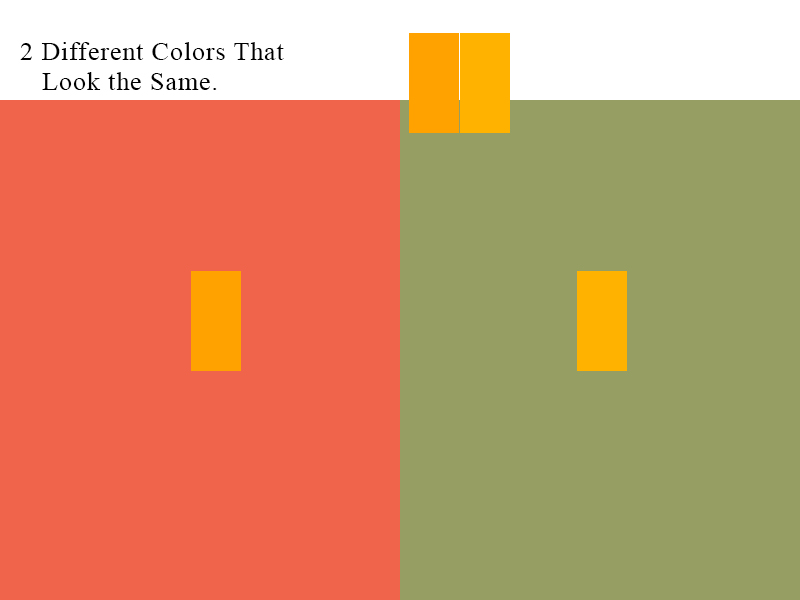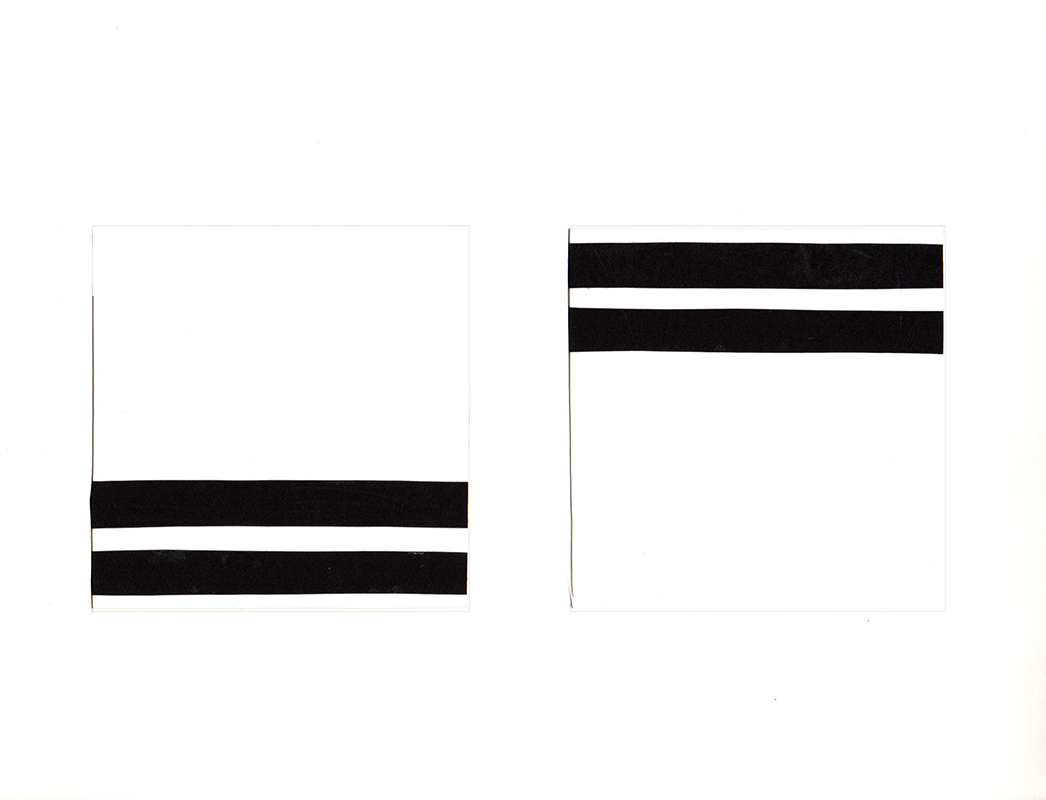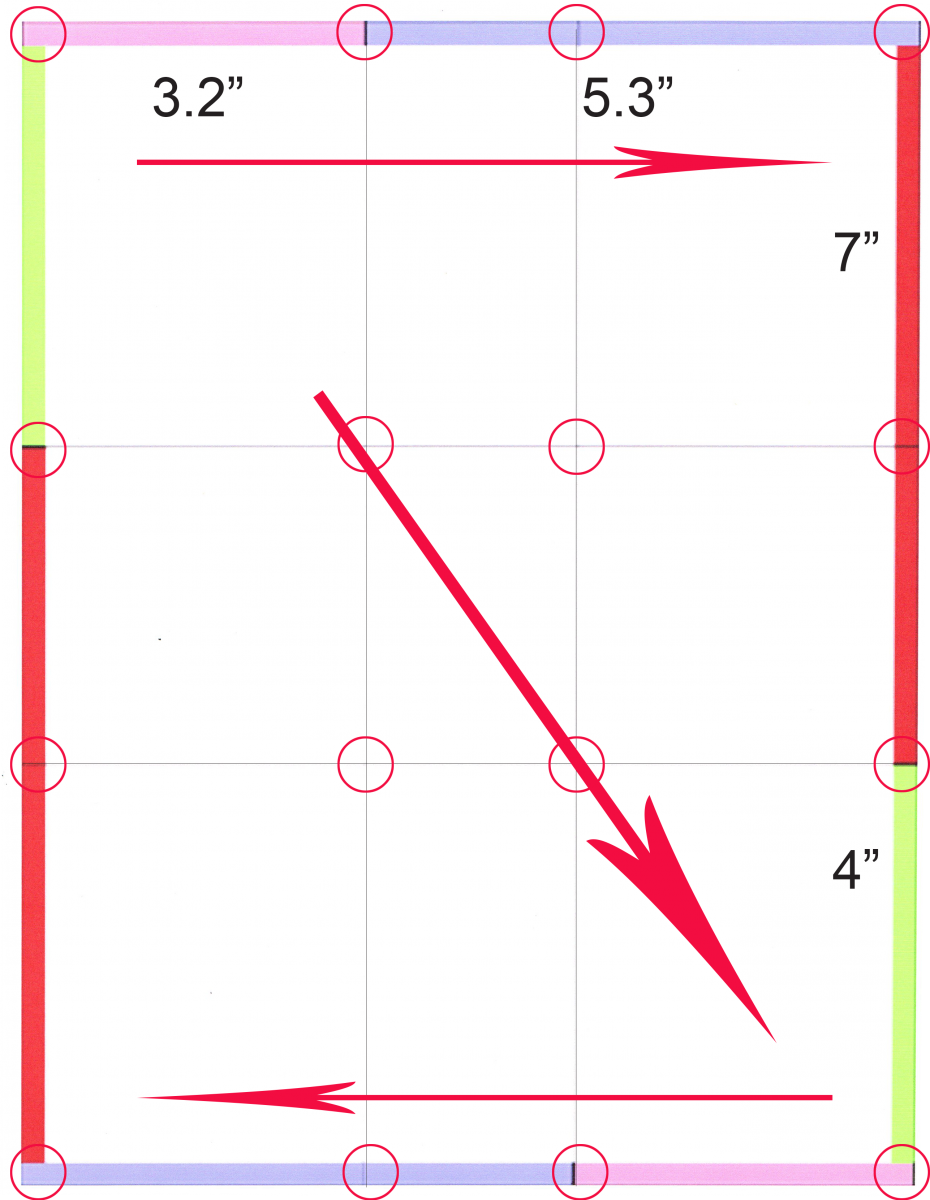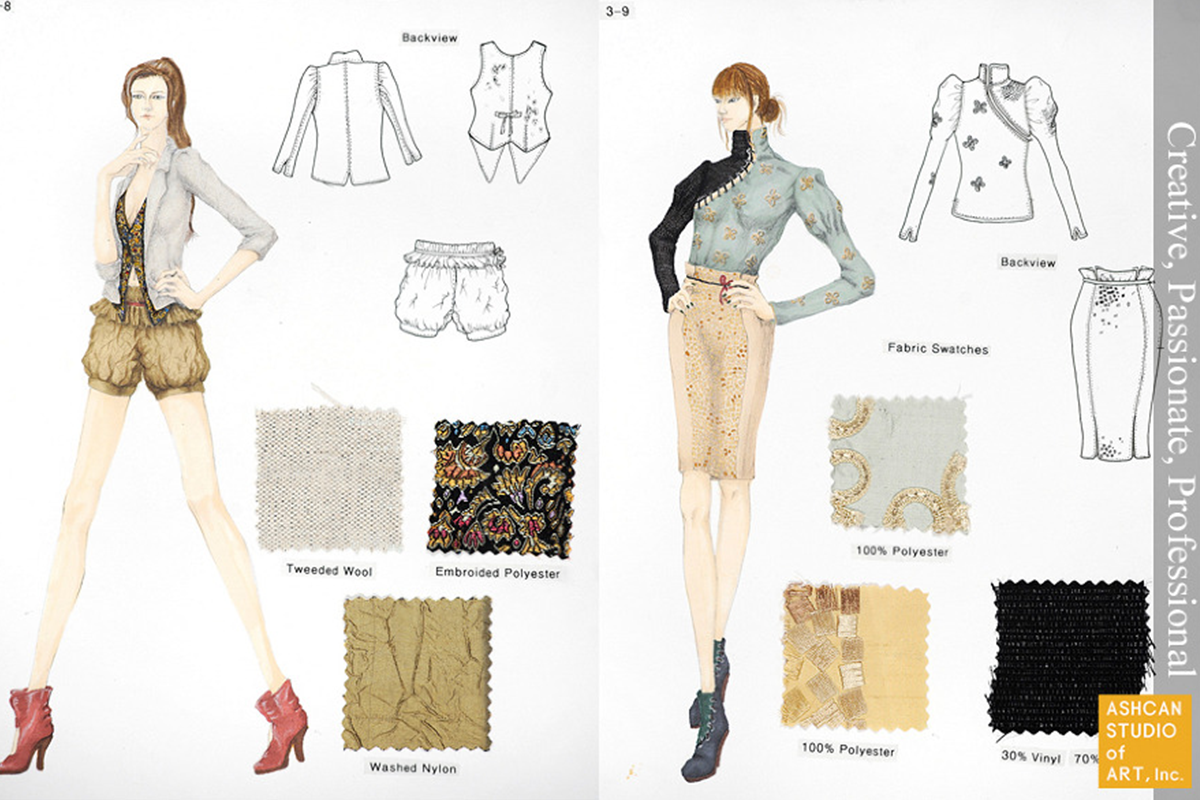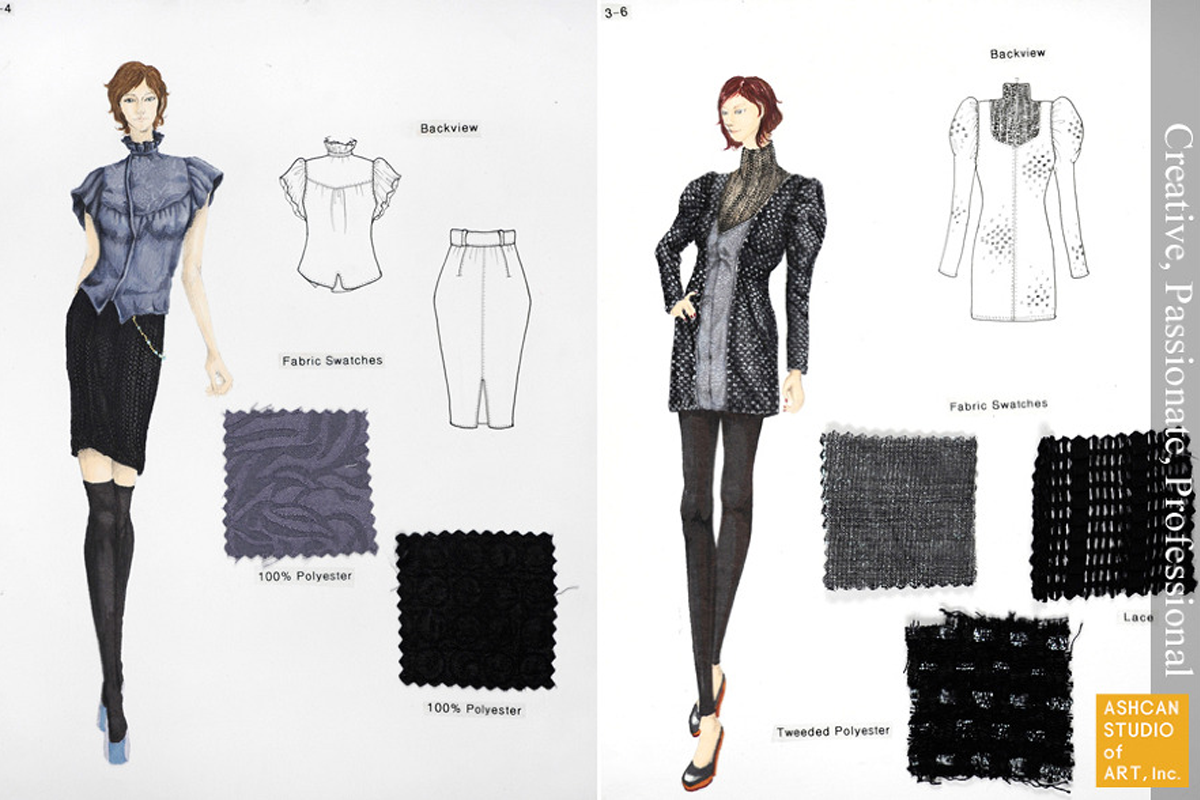When a White Square Is More than a White Square
“New York Times Article” by, Daniel McDermon, February 8, 2016
“There is far more to Robert Ryman’s work than first meets the eye. Here are some things to look for, as seen in a handful of the works now on display at Dia: Chelsea.”

“Untitled”
Circa 1960. Oil and gesso on linen
“The painter Robert Ryman’s works are often described by two characteristics: They are white, and they are square.
That isn’t entirely true — his abstract paintings include pigments and materials of many colors — but it is close enough that it remains the easiest way to describe Mr. Ryman’s work.
If you take a close look at the current exhibition at Dia: Chelsea, you quickly realize just how much can be contained within them. With smears and flecks and whorls of paint, built up in some places, washed out in others, the works catch the light in a singular way.”
Excerpt from “New York Times” article by, Daniel McDermon, February 8, 2016.
A rendition of the painting above “Untitled” painted by, Robert Ryman was featured in the “Netflix” series, “DareDevil” (love that show!). I would like to talk about that scene – where the future Mrs. King Pin shows that painting to the notorious arch-villain “King Pin” – she has this intriguing ability – she seems to know exactly what work of art would be most appealing to prospective buyers that visit her gallery…
But the assignment was to critique this painfully boring article in the New York Times art section… I think the point of the assignment was to gain some insight into design principles through the critique – oh, and to sign up for the 1-year free subscription to the Times.
I got the subscription… and the critique – Daniel McDermon article starts off well, but after the above excerpt, the article just pretentiously drones on and on. LOL
However, I would like to share some thoughts on Figure/Ground and White Space that come to mind when I look at this and other paintings by avant-garde artist Robert Ryman.
- The first painting above:
- Space correlates to quality – more space entails fewer design elements, sophistication, simplicity, luxury, cleanliness, solitude, and openness.
- Space is wasted when a designer fails to consider it – when it is overfilled – when trapped inside design elements – not allowed to connect to other space in the design.

“To Gertrud Mellon,” from 1958, casein, graphite, and colored pencil on paper.Credit 2015 Robert Ryman/Artists Rights Society (ARS), New York; Hiroko Masuike/The New York Times.
- About the second painting.
- As the figure-ground relationship implies, you have space only when something is present inside of it.
- Prior to the addition of positive elements, space is undefined.
- The figure-ground relationship has to be established before space can exist and its communication begins – establishing contrast, emphasizing hierarchy, and generating drama and tension.
Link to the “New York Times” article, When a White Square Is More than a White Square,
by, Daniel McDermon, February 8, 2016.
http://www.nytimes.com/interactive/2016/02/04/arts/design/robert-ryman-dia-chelsea.html?ref=arts
